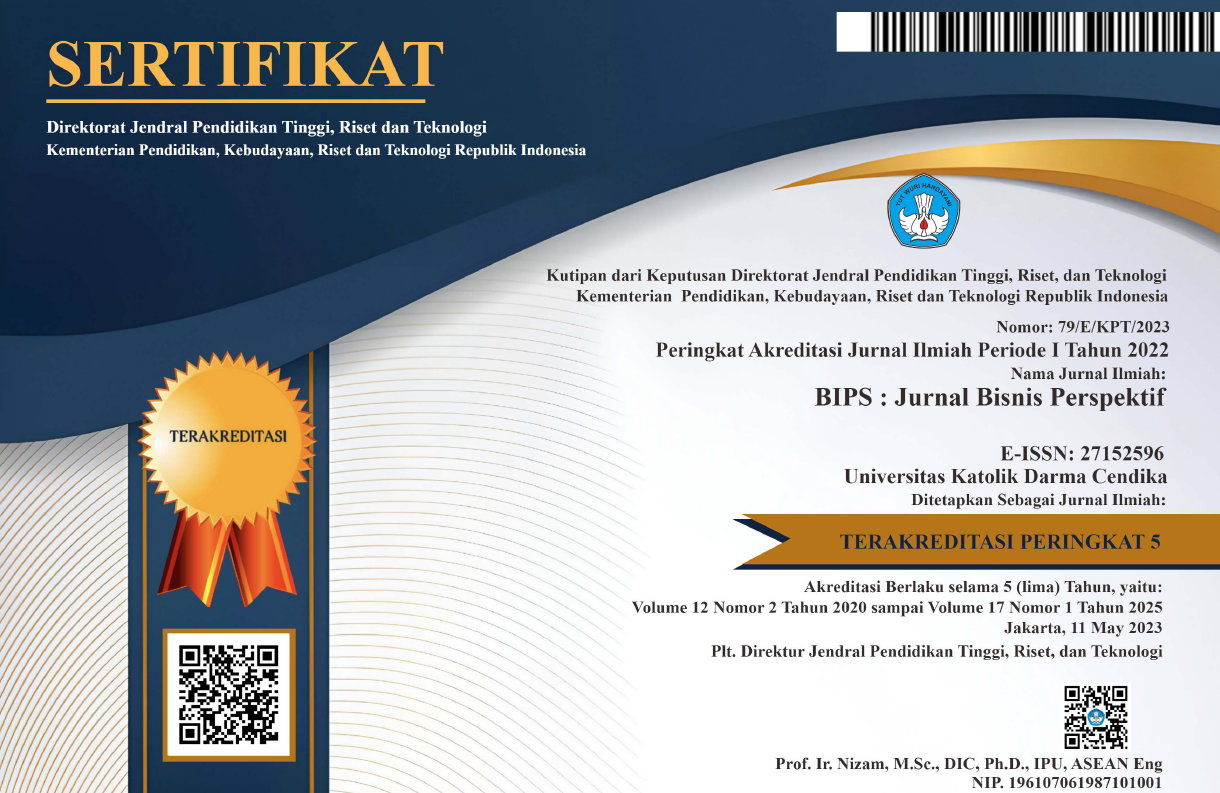Reformulasi Pajak Daerah: Penerapan Pajak Pertambahan Nilai Provinsi Di Indonesia
DOI:
https://doi.org/10.37477/bip.v5i1.126Keywords:
central tax, local tax, user charge, own revenue, value added tax, subnational value added taxAbstract
In Indonesia, taxes are differentiated on central taxes and local taxes. Central taxes are levied by the central government, while local taxes are levied by the provincial government named as provincial taxes and local taxes which are levied municipal/ regency government called municipal/regency taxes. Partial results of the central government's tax collections will be allocated through transfer method called General Allocation Fund and the Special Allocation Fund to the provincial government and the municipal/regency government. The model used
still causes an imbalance in both vertical and horizontal fiscal substantial. In line with a growing decentralization issue reverberating around the world, so one way to reduce the fiscal imbalance is that local governments should be allowed to levy taxes which potential is quite significant. In this regard, it is proposed that the VAT is not only levied by the central government, but also levied by the provincial government as an surtax, and this is the main income of the provincial government. While local taxes that are currently levied by the provincial government will be levied delegated to the municipal/regency government gradually.
Downloads
Published
How to Cite
Issue
Section
License
Authors publishing in this journal agree to the following terms:
- The author retains copyright and grants the journal rights of first publication with the work simultaneously licensed under a Creative Commons Attribution ShareAlike License License that allows others to share the work with acknowledgment of the author's work and initial publication in BIP's: Journal of Business Perspectives.
- Authors may include separate additional contractual arrangements for non-exclusive distribution of the published version of the journal (e.g., submit to an institutional repository or publish in a book), with an acknowledgment of the original publication in this Journal.
- Authors are permitted and encouraged to post their work online (e.g., in institutional repositories or on their websites) before and during the submission process, as it can lead to productive exchanges, as well as citations of previously published work.
Each author is expected to complete the copyright process with a document of the originality of the manuscript, the templated document is below:


7.png)


6.png)
2.png)


